Mastering Hazardous Waste Management
While hazardous waste management can be a tricky task to navigate, business owners are usually faced with a choice between four different approaches.
With our impact on the earth dominating headlines right around the world, waste management is understandably one of the vital issues that has emerged in the last few decades. While the size of our waste output inevitably increases alongside our population, strategies of disposing of the most dangerous types need to be formally addressed through commercial hazardous waste management.
While the average Australian household stores many hazardous substances, such as flammable liquids, cleaning agents and even batteries, the scale increases dramatically for industrial enterprises – and so too does the responsibility of managing the output effectively. In turn, hazardous waste management has never been more important, but what are the options?
Four Common Hazardous Waste Management Methods
While hazardous waste is the term used to describe waste that poses substantial or potential threats to public health and the environment, the rapidly growing industrial sector has arguably contributed the most to its increase.
To reduce these hazards to the environment, proper diligence is required during storage, segregation, transportation and disposal of hazardous waste, primarily through all encompassing hazardous waste management.
As a general rule, there are six categories that can be considered hazardous materials: toxic, chemical, flammable, corrosive, infectious and radioactive. While each will require a different hazardous waste management approach, and there are many options that will apply depending on the nature of the waste, there are generally four types of disposal and treatment methods used in Australia.
Chemical – Chemical treatment of hazardous waste refers to methods that are used to effect the complete breakdown of hazardous waste into non-toxic gases or, more frequently, to modify the chemical properties of the waste so that the compounds are downgraded to less toxic forms. Chemical hazardous waste management methods commonly include ion exchanges, precipitation, oxidation and reduction, and neutralisation.
Thermal – Among the most common thermal treatment methods is high-temperature incineration, which not only detoxifies certain organic wastes, but can also destroy them completely. Special types of thermal equipment are used for burning waste in either solid, liquid, or sludge form. These include the fluidized-bed incinerator multiple-hearth furnace, rotary kiln, and liquid-injection incinerator. While effective, this approach can lead to air pollution.
Biological – Biological treatment of certain organic wastes, such as those generated by the petroleum industry, is also an option for hazardous waste management. With a technique called landwarming, the waste is carefully mixed with surface soil on a suitable tract of land. Microbes that can then metabolise the waste, and in some cases, a genetically engineered species of bacteria is used. Food or forage crops are not grown on the same site.
Physical – Unlike the other treatment methods, physical tactics contrates, solificies or reduces the volume of the hazardous waste. Processes include evaporation, sedimentation, flotation and filtration. In addition, solidification can be done by encapsulating the waste in concrete, asphalt or plastic which is resistant to leaching. Waste can also be mixed with substances such as lime, fly ash and water to form a solid, cement like material.
Despite the above options, an alarming number of businesses choose to dispose of their hazardous waste in methods that should only ever be temporary. Disposal of hazardous waste in unlined pits, ponds, or lagoons poses a threat to human health and environmental quality.
To further amplify the dangers, many uncontrolled disposal sites that were used in the past have since been abandoned. Depending on a determination of the level of risk, it may be necessary to remediate those sites.
In addition, hazardous and liquid chemical wastes are regulated waste, and must be tracked in accordance with the state waste legislation.Under the chain of custody and responsibilities, owners are responsible – and liable – for waste generated by a business.
Ultimately, disposing of hazardous waste is not a task that should generally be conducted by people who aren’t qualified to do so. The risks can make the process extremely dangerous to humans, animals and the general environment, so enlisting the help of professionals is always recommended.
Meet The Experts On Hazardous Waste Management
Established in 1999, the Austrans Group is proudly Australian owned and operated, and is now recognised as an industry leader in hazardous waste management, industrial services, project management all over South East Queensland.
From public infrastructure to assisting in massive environmental rehabilitation and providing complete disaster recovery support, Austrans have done it all, and have the expertise to get the job done.
Our ability to meet or exceed expectations has created a reputation of reliability and integrity, and has elevated Austrans to its current position as a major service provider with clients all over Australia. To discuss how we can work together, get in touch with us today.

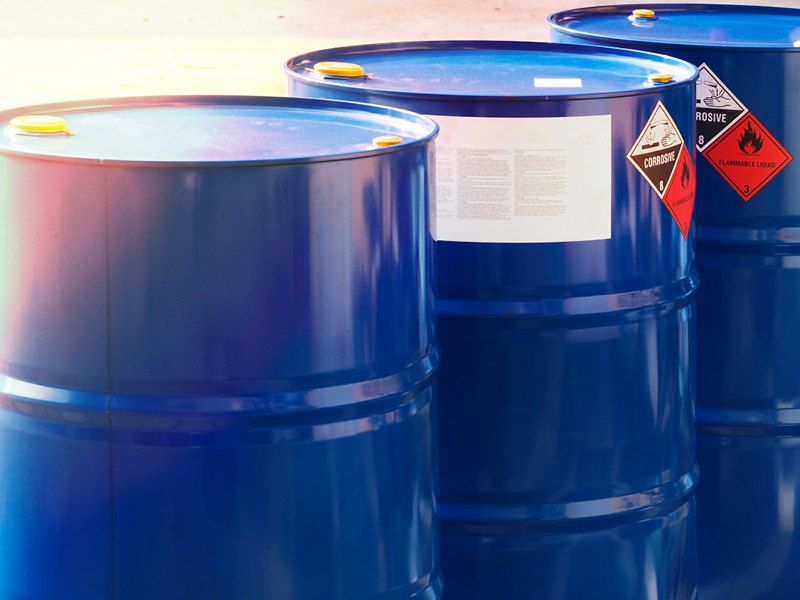
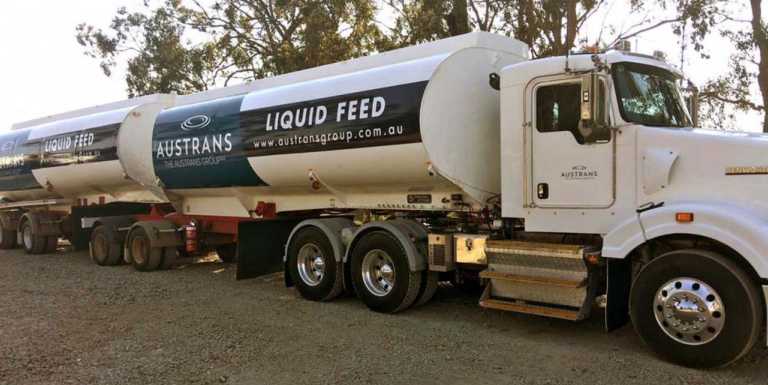
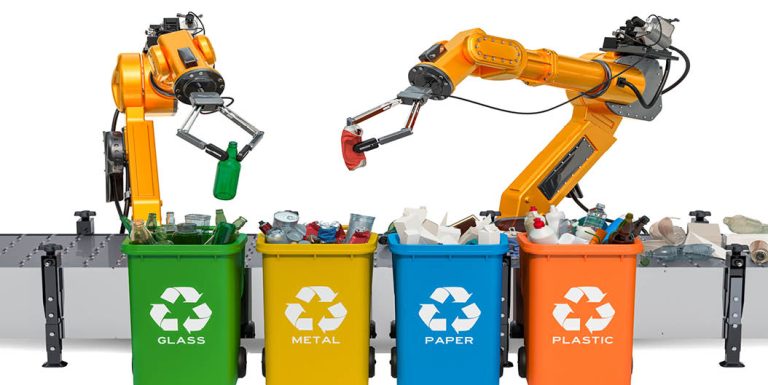
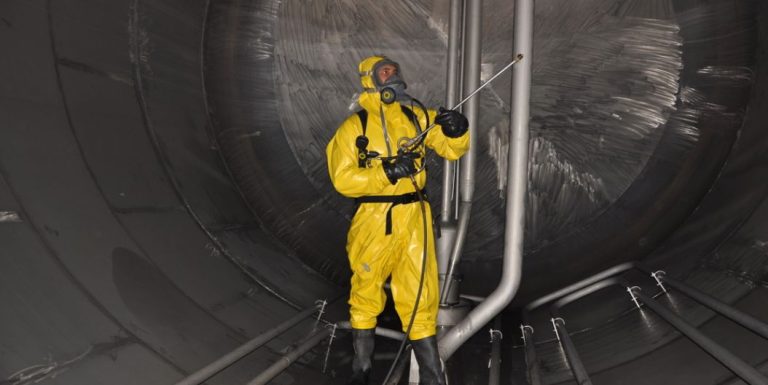
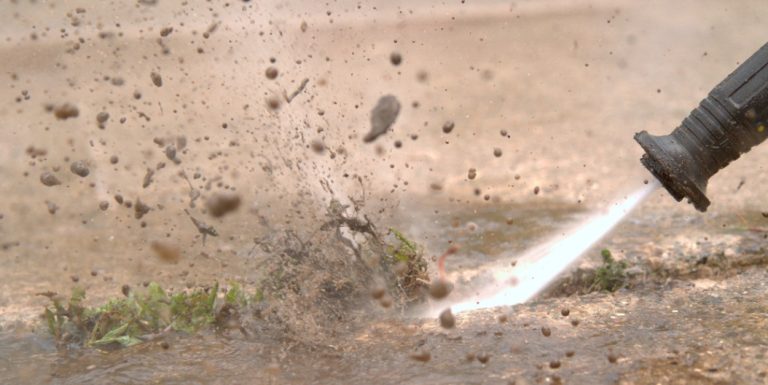
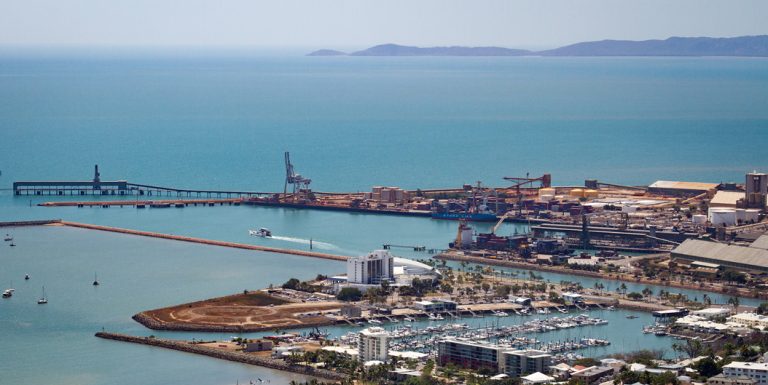
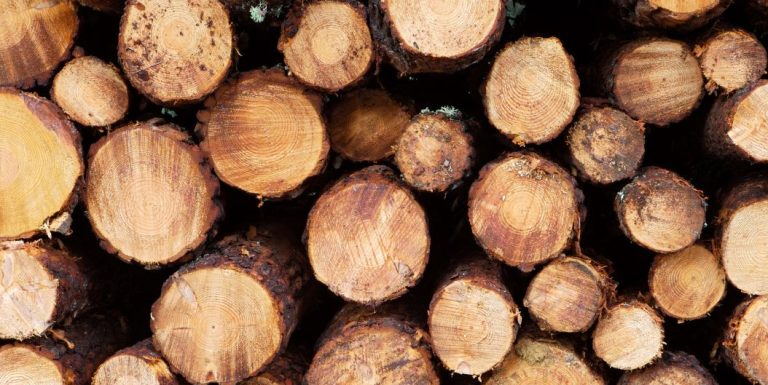
2 Comments
Comments are closed.